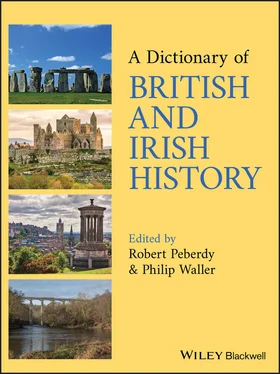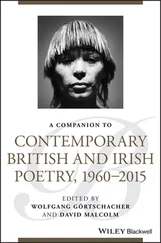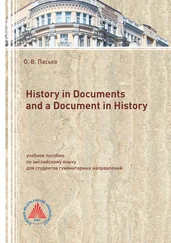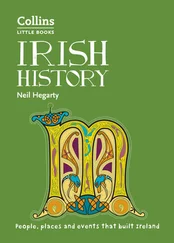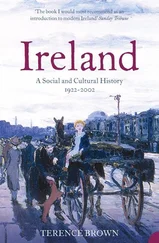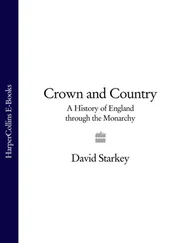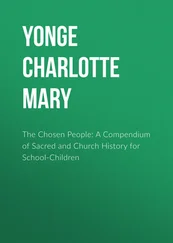Knighted by JAMES VI/I (1603), Bacon held royal offices from 1607. After the fall of Edward COKE, he was appointed (1618) lord CHANCELLOR (also created Lord Verulam, Viscount St Albans from 1621). But he was impeached by Parliament for accepting bribes, and dismissed by James (1621).
Bacon was also an influential philosopher. His Novum Organum (1620) argued that the material world should be understood through experimental investigation rather than ancient knowledge and logic, an approach fundamental to the SCIENTIFIC REVOLUTION.
BADEN‐POWELL, ROBERT
(b. 22 Feb. 1857 at Paddington, Middlesex, England; d. 18 Jan. 1941 at Nyeri, Kenya, aged 83). A soldier from 1876, Baden‐Powell wrote training manuals, books and articles. His leadership at MAFEKING (1899–1900, during Second Boer War) made him a hero in Great Britain.
Influenced by concerns about NATIONAL DETERIORATION, Baden‐Powell realized that military training methods could be adapted for boys. In 1907 he drafted a manual and experimented with a camp on Brownsea Island (Dorset). The manual, published in 1908 as Scouting for Boys , stimulated the formation of scouting groups, and launch of the Boy Scouts organization by Baden‐Powell (1908). After retiring from the Army (1910), he continued to promote scouting. Baden‐Powell was knighted (1909), and created a baronet (1922) and Lord Baden‐Powell (1929). See also YOUTH ORGANIZATIONS.
BAGEHOT, WALTER(b. 3 Feb. 1826 at Langport, Somerset, England; d. 24 March 1877 at Curry Rivel, Somerset, aged 51). Educated at University College, London, Bagehot worked in his family’s bank (1852–61), in Langport and BRISTOL, while also publishing articles on current affairs. In 1852 he co‐founded the National Review. A contributor to The Economist from 1857, he was editor from 1861 (resident in London). He is best known for The English Constitution (1867). It notably distinguished between the ‘dignified’ part of the constitution (primarily the monarchy), which created legitimacy for government by attracting popular support, and the ‘efficient’ part (House of Commons, executive), which exercised authority. See also CONSTITUTION, UNITED KINGDOM. BAIRD, JOHN LOGIE
(b. 13 Aug. 1888 at Helensburgh, Dunbartonshire, Scotland; d. 14 June 1946 at Bexhill‐on‐Sea, East Sussex, England, aged 57). After studying electrical engineering at the Royal Technical College, GLASGOW, and attending the university (1914–15), Baird was involved in various ventures. In 1922, while recuperating from illness at Hastings (SE England), he began development of a partly mechanical system for the transmission and reception of visual signals. On 1 Jan. 1926 he gave the first recognized demonstration of television (at the ROYAL INSTITUTION, London). Afterwards he filed patents and formed companies to exploit his inventions.
The BRITISH BROADCASTING CORPORATION used Baird systems for television in 1929 (experimental broadcast) and 1932–5 (the world’s first service). From 1936, a Baird system was used alongside an all‐electronic system, which was preferred from 1937. Baird continued to develop television systems, and demonstrated colour television (1938). See also TELEVISION, GREAT BRITAIN AND NORTHERN IRELAND.
BALANCED CONSTITUTIONAn idealized characterization of the English constitution which was developed during the early stages of the First CIVIL WAR (from 1642). The constitution was viewed as a balance of the king’s rights and prerogatives and the people’s liberties and property, with king and Parliament sharing sovereign power. Later commentators saw this as disrupted by CHARLES I and JAMES VII/II, restored by the GLORIOUS REVOLUTION (17th century), and subverted by GEORGE III (late 18th century). In practice, royal powers declined from the late 17th century. See also ANCIENT CONSTITUTION. BALANCE OF POWERAn international system in which power is so distributed among states (or alliances) that no one state (or alliance) is predominant and peace is maintained. In the 16th–20th centuries English/British foreign policy in Europe generally sought to preserve such a situation. See also FOREIGN RELATIONS, ENGLAND 16TH CENTURY TO 1707; FOREIGN RELATIONS, GREAT BRITAIN. BALDWIN, STANLEY
(b. 3 Aug. 1867 at Bewdley, Worcestershire, England; d. 14 Dec. 1947 at Astley, Lancashire, England, aged 80). Leader of the British CONSERVATIVE PARTY 1923–37; prime minister (1923–4, 1924–9, 1935–7).
Baldwin succeeded his father as MP for Bewdley in 1908 and held junior posts at the Treasury (1917–21) before becoming president of the Board of Trade. Hostile towards the Liberal prime minister David LLOYD GEORGE, he condemned the coalition government at the CARLTON CLUB MEETING (Oct. 1922).
Chancellor of the Exchequer from Oct. 1922 to May 1923, Baldwin then succeeded Bonar LAW as prime minister. His decision to fight an election on TARIFF REFORM (Dec. 1923) dismayed many Conservatives, as did tolerance of a Labour government (from Jan. 1924), but electoral victory in Oct. redeemed him. He ran his CABINET on a loose rein and, despite the GENERAL STRIKE (1926), acquired a reputation for moderation. This was insufficient to secure re‐election in May 1929, but he repelled attacks on his leadership before taking the Conservatives into the NATIONAL GOVERNMENT (1931).
Baldwin was lord president of the Council 1931–5. During his final premiership, he handled the ABDICATION CRISIS (1936). Succeeded by Neville CHAMBERLAIN, Baldwin was later accused of complacency about defence. See also MAC DONALD, RAMSAY.
BALE, JOHN
(b. 21 Nov. 1495 at Cove, Suffolk, England; d. Nov. 1563 at Canterbury, Kent, England, aged 67 or 68). A friar, Bale left his order in 1536 and became a secular priest. He married, and promoted religious reform by satirizing the Western Church in polemical plays. Deprived of protection by the fall of Thomas CROMWELL, Bale lived in Continental Europe 1540–8.
In early 1553 Bale was sent to Ireland by Edward VI as bishop of OSSORY. Based at KILKENNY, he sought to introduce the 1552 Protestant PRAYER BOOK but met resistance from clergy. After the accession of the Catholic Queen Mary I, he fled to Continental Europe (late 1553), returning to England after the accession of Elizabeth I. See also REFORMATION, IRELAND.
BALFOUR, A.J.
(b. 25 July 1848 at Whittingehame, East Lothian, Scotland; d. 19 March 1930 at Woking, Surrey, England, aged 81). British prime minister 1902–5; leader of the CONSERVATIVE PARTY 1902–11.
Balfour’s career was advanced by his uncle Lord SALISBURY, who helped him into Parliament (1874) and as prime minister appointed him president of the Local Government Board (1885–6) and Scottish secretary (1886–7). Balfour made his reputation as Irish secretary (1887–91). He led the Conservatives in the House of Commons 1891–2, 1895–1902 (entitled first lord of the Treasury), and sponsored the BALFOUR EDUCATION ACT (1902).
As prime minister, Balfour established the Committee of Imperial Defence (1904) and oversaw the ANGLO‐FRENCH CONVENTION (1904). But TARIFF REFORM, advocated by Joseph CHAMBERLAIN, proved divisive. Eventually, Balfour resigned (Dec. 1905), allowing the Liberals into government ( see CAMPBELL‐BANNERMAN, HENRY). In Jan. 1906 the Conservatives suffered electoral defeat. Balfour quit as leader after two more lost elections.
Balfour returned to government in coalitions: as first lord of the Admiralty (1915–16) and foreign secretary (1916–19). He signed the BALFOUR DECLARATION (1917) and attended the PARIS PEACE CONFERENCE (1919). He ended his career as lord president of the Council (1919–22, 1925–9), becoming earl of Balfour (1922). See also BALFOUR, A.J., AND IRELAND; BALFOUR DEFINITION.
Читать дальше
